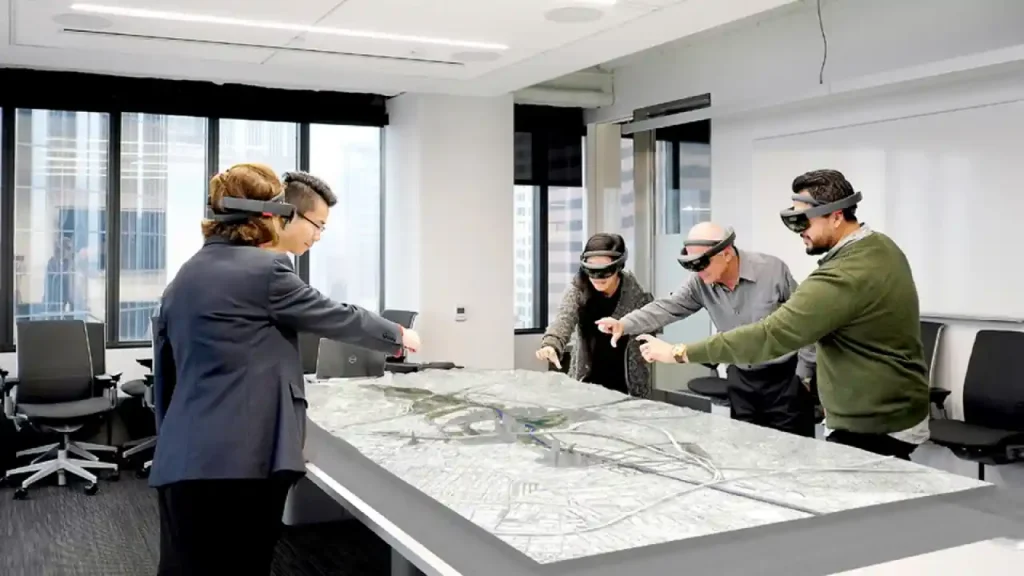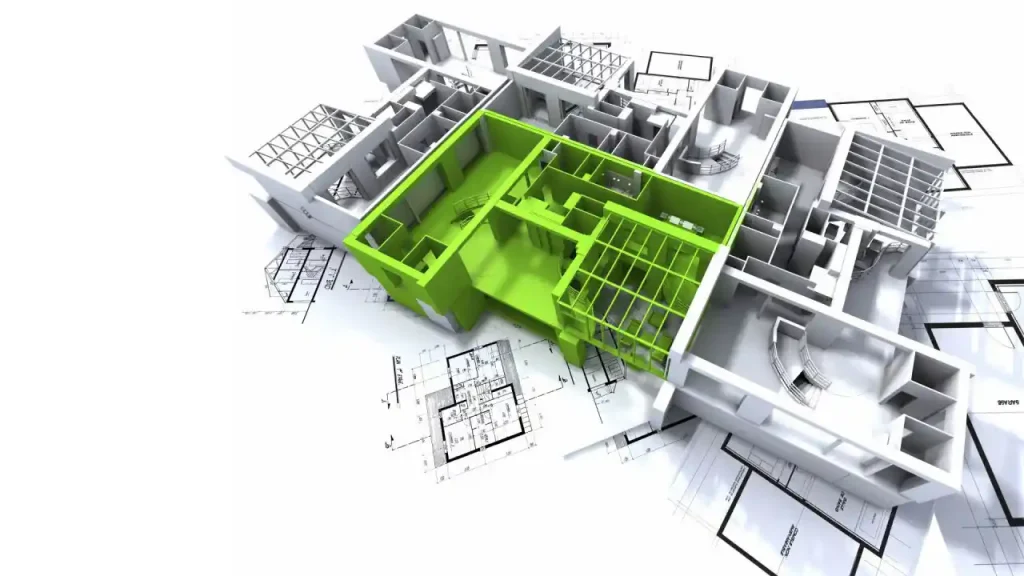
The construction industry has been evolving quite rapidly in the past few years with many new trends and technologies such as 3D printing, robotics, and BIM. In this article we will give you a brief introduction to BIM and why it is the future of architectural engineering.
What is BIM?
BIM, or Building Information Modeling, is a process that uses computer-aided design (CAD) to create a virtual model of a building. The model can be used to plan, design, and construct the building.
BIM has been used in the construction industry for many years, but it is only recently that the technology has become widely available to architects and engineers. BIM allows architects and engineers to work together on a project from start to finish, using the same model. This collaboration can help to avoid errors and save time and money.
BIM is becoming increasingly popular in the construction industry as it offers many benefits over traditional methods of design and construction. BIM models can be used to generate accurate cost estimates, schedule construction activities, andcoordinate between different trades. In addition, BIM models can be used to create realistic visualizations of the finished project.
Why Should Architects Use BIM?

BIM, or Building Information Modeling, is a new way of designing and constructing buildings that is quickly becoming the industry standard. Architects who use BIM can create virtual models of their projects that allow them to test different design options, identify potential problems early on, and better communicate their designs to clients and contractors. BIM also allows architects to more easily comply with building codes and other regulations.
Benefits of Using BIM in the Architectural Engineering Field
There are many benefits of using BIM in the architectural engineering field. Perhaps the most obvious benefit is that it allows for greater collaboration between engineers, architects, and other design professionals. This increased level of collaboration can lead to more efficient and effective project outcomes.
Another key benefit of using BIM is that it can help to reduce the overall cost of a project. This is because BIM can help to streamline the design process and eliminate potential errors or rework. Additionally, BIM-enabled construction projects often have shorter timelines and less waste due to more efficient coordination between trades.
Finally, using BIM can also help improve the quality of architectural engineering projects. This is because BIM provides a higher level of accuracy and detail than traditional 2D CAD drawings. As a result, BIM can help to identify potential problems early on in the design process so that they can be corrected before construction begins.
Conclusion

There’s no doubt that BIM is the future of architectural engineering. The benefits of BIM are vast, from increased accuracy and efficiency to better collaboration and communication. If you’re not already using BIM in your practice, now is the time to start. Trust us, you won’t regret it!
Follow us to stay updated on LinkedIn, Facebook, Instagram and Twitter.
